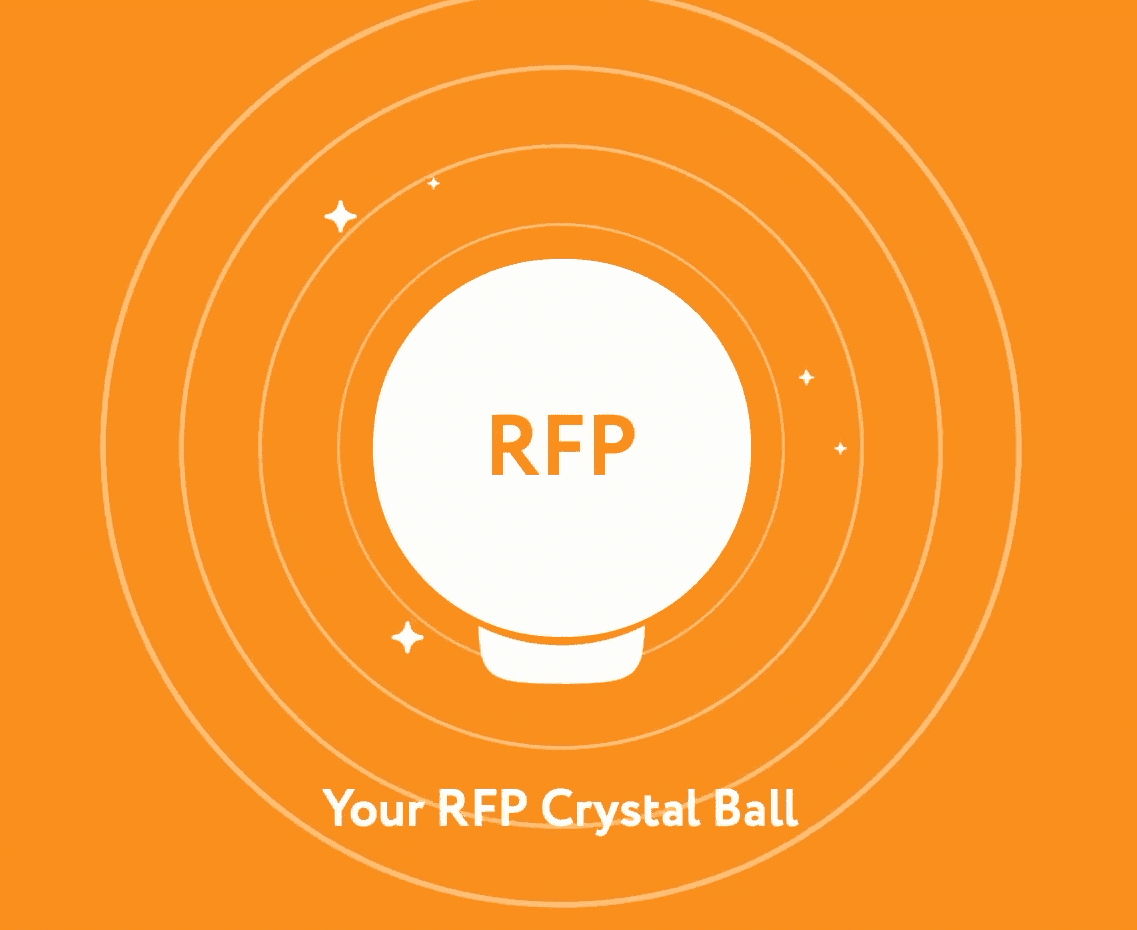April signals the start of the busy season for ad sales. The first few weeks of Q2 is when brands in every industry and every corner of the country start sending out RFPs, fresh 2019 advertising budgets in hand.
MediaRadar anticipates over 1,000 RFPs to be issued per quarter in 2019 – and Q2 will be the most active quarter for RFPs by far. Our research team predicts 38 percent more RFP activity than any other quarter. The influx of RFPs in the second quarter spans across industries. The retail, apparel and travel industries will all issue over 400 requests in the next few months.
These numbers spell opportunity for ad sales – but they also have the potential for spelling out a headache. With budgets finalized in February and advertising plans to be finalized ASAP, the RFP quickly turns into a tight deadline for publishers.
“One of the most frustrating things for any publisher is learning that you only have a few days to complete a lengthy RFP,” says Todd Krizelman, CEO of MediaRadar. “Our RFP Predictor solves this problem, empowering sales teams to be one step ahead. This is critical for winning new business and growing revenue.”
With the introduction of MediaRadar’s RFP Predictor, we have a few tips to avoid getting overwhelmed by the long list of proposals and short turnaround time. All of them have one thing in common: successful RFP responses requires forward thinking.
#1 Anticipate RFP details ahead of time
You don’t have to be taken by surprise when an RFP with a short turnaround comes out.
For example, MediaRadar has identified LVMH (the luxury conglomerate), JAB Holding (the food conglomerate) and Nestle (the conglomerate of conglomerates) as some of the top RFP issuers. With hundreds of brands between them, these major companies give ad sales teams the opportunity to dig into what past RFPs consisted of and how they were successful.
That is, provided you have the data surrounding these major RFPs. Successfully predicting future RFP details requires looking carefully at past spending, historical behavioral trends, key personnel changes, current corporate structure and critical industry news. These data points will help you know when RFPs are coming out and what they are likely to contain.
You know that Hollywood wisdom about learning from the past? Now’s the chance to put it into practice.
#2 Build a relationship with the media buyer in advance
Whether you work with a mobile media or an ad tech company, broadcaster or dotcom, the basis of ad sales (and any kind of sales, really) is the relationship. If you don’t have a relationship with a brand, you are much less likely to know when their RFP is going out, let alone understand what they are looking for and who to speak to.
In the age of “fewer but deeper” buyer relationships and programmatic advertising, an existing connection with media buyers is more important than ever.
By looking at which brands will be putting out RFPs ahead of time, you can get a step ahead by reaching out to the buyer before a proposal is even on the table. If they recently shifted mediums, you can address questions or concerns. If they launched a new product, you can speak to your excitement for their growth.
Whatever form the connection takes, it will likely prove valuable when it comes time to actually review RFPs.
#3 Set yourself up for notifications in the future
Even if you go through the steps of getting to know the brands that will send out RFPs and assessing what your proposal will look like, one critical step is to ensure you are actually included in the RFP process. With this in mind, you should set up a notification for when the RFP goes live – whether the media buyer sends it to you or not.
This most likely isn’t something you can set up on your own — it’s not as if a Google Alert will suffice on this front. The RFP Predictor tool from MediaRadar gives you the ability to search for potential RFPs by date and set up email alerts for when RFPs go live.
Receiving and responding to an RFP from media buyers may be an exchange, but it doesn’t have to be transactional. Putting these tips into practice will allow ad sales reps to put an initial response together before RFPs actually go out – and build a relationship with media buyers ahead of time. With nearly 500 RFPs expected for April, every step counts. The more prepared you are, the more relational the whole exchange becomes.



